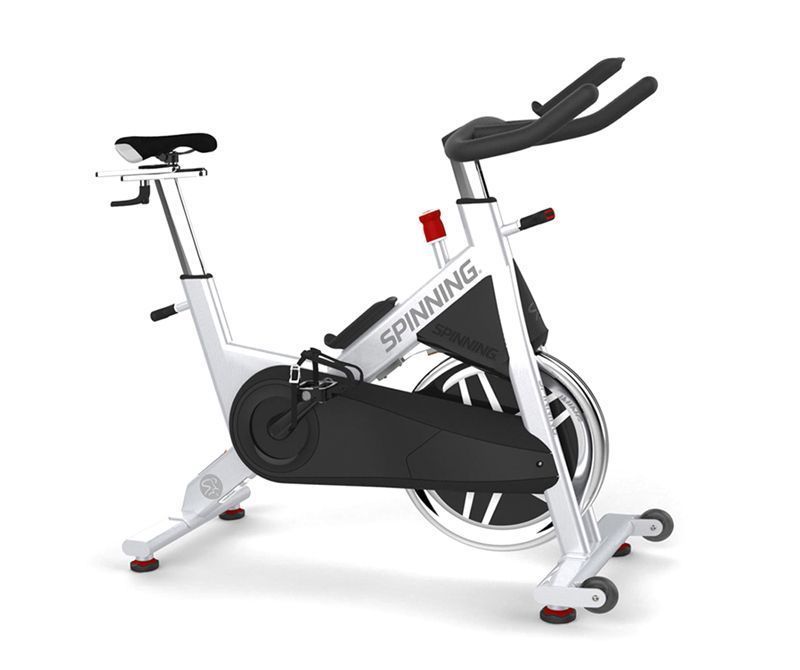
The combination of riding position, wide-ranging and easily changeable resistance, and a more engaging experience has a tendency to make spinning workouts more intensive. One exception to this is the air resistance bikes in which the resistance is directly related to the speed at which you’re pedalling. It is therefore able to simulate better the feeling of cycling uphill. On a spin bike it’s manually operated and has a wider range of resistance than the other type. Whether the method of resistance used on either upright stationary bike or spin bike is mechanical or magnetic, it’s usually operated on a standard exercise bike by rotating a knob, or electronically via up and down arrows. The stronger frame and pedals of spin bikes also allow the rider to stand on the pedals to push hard when the resistance is higher, or when sprinting, as with a road bike. With an upright exercise bike, the riding position is usually just that – upright – and the seat is usually quite wide for comfort but the amount of adjustability is not that great. The heavier flywheel can also be a little kinder to the joints as the effort is more a case of keeping going rather than continuously Difference in Riding Position In practice, you just just keep peddling throughout the workout, so it’s a bit more work. Spin bikes, by comparison, have a much heavier flywheel and the inertia keeps it spinning, but the pedals are fixed to the wheel so they carry on moving as long as the wheel keeps turning. If you’re not too fit to begin with, the ability to stop if it all gets too much might be a good safety valve, but if you’re going for the most effective workout, freewheeling isn’t really what you want. On an exercise bike, because you are providing all of the input, the wheel can only go as fast as you are pedalling. The difference is that cycling downhill, where gravity is providing the kinetic energy, it’s possible for the wheels to turn faster than you are pedalling, so it’s safer to be able to ‘freewheel’.

Spinning bikes are, of course, upright bikes, but in this discussion, ‘normal’ upright exercise bikes generally have a flywheel of a few Kg which helps give a reasonable degree of smoothness to the action but when you stop pedalling if will quickly slow down and the pedals will ‘freewheel’ – that is, flywheel keeps turning but the the pedals remain stationary, similar to the way you ‘coast’ when going downhill on a normal bike. If you’re really serious about getting fit, or losing weight using an exercise bike, it sounds like buying a spin bike is the way to go.īut is it true or is it all just spin? (Sorry, I couldn’t resist the dodgy pun!) What’s the difference between a spin bike and an upright exercise bike? Hence the popularity of ‘spinning classes’ as an activity at the gym. So called Spin Bikes, or ‘spinning bikes’ are considered by many to give the most demanding exercise bike workout of all.


 0 kommentar(er)
0 kommentar(er)
